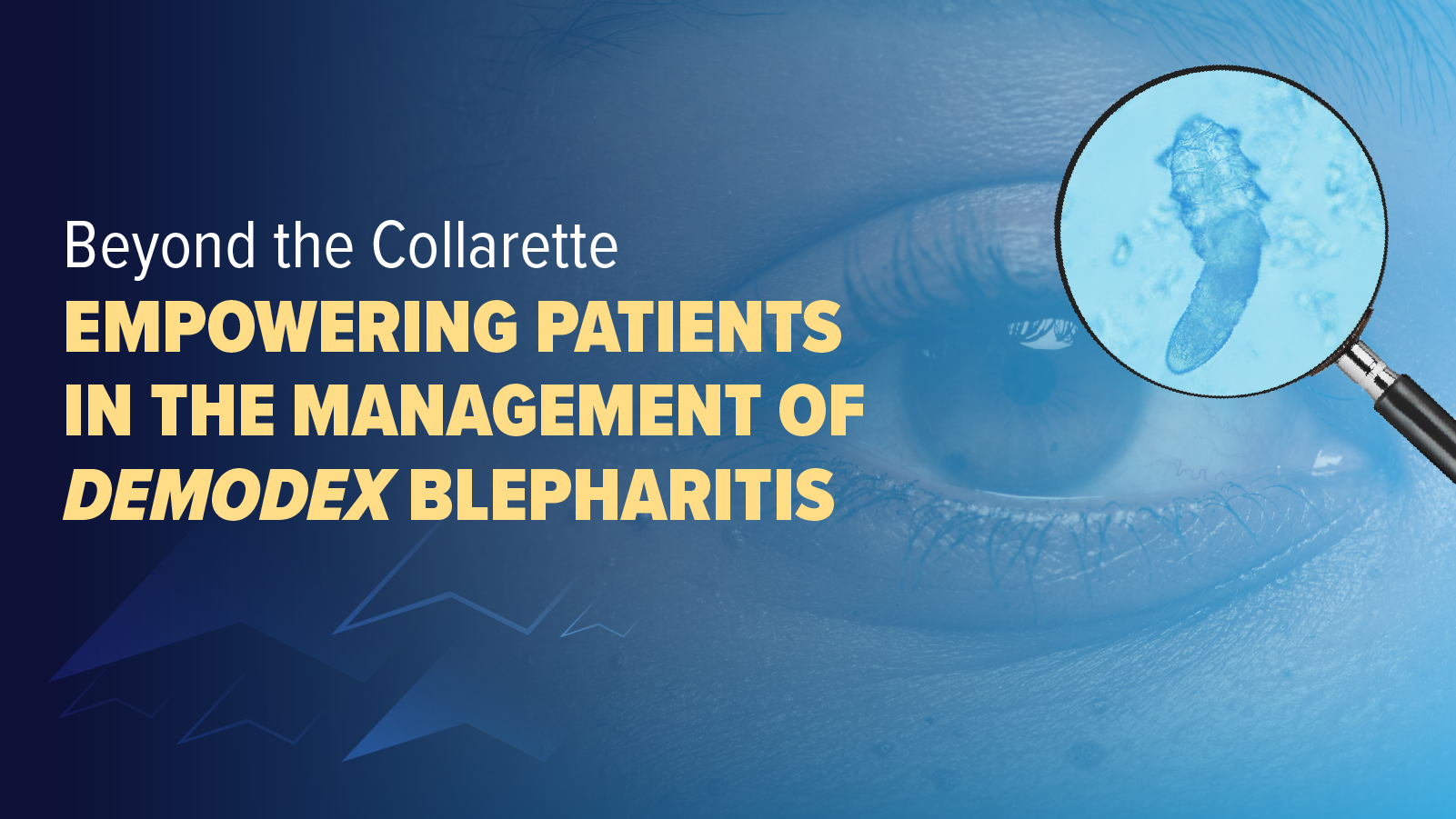
Lung Disease and E-Cigarette Use: 9 Recommendations for Clinicians
There have been 7 e-cigarette-linked deaths in the US. A new CDC Health Advisory offers 9 recommendations for clinicians who suspect a vaping-related lung illness.
According to a newly released statement from the Centers for Disease Control and Prevention (CDC), there have been 380 confirmed and probable cases of lung disease associated with electronic cigarette (e-cigarette) use in the US. A count released by the CDC just days earlier was higher because it included possible cases that were being investigated by states; the current number reflects confirmed (patient recently used e-cigarette product, developed a breathing illness, and testing did not show infection) and probable (patient recently used e-cigarette product, developed a breathing illness, and has had some tests to rule out infection) cases. Because of this, the current total is expected to rise as more cases are classified. (continued below)
Newsletter
Enhance your clinical practice with the Patient Care newsletter, offering the latest evidence-based guidelines, diagnostic insights, and treatment strategies for primary care physicians.

















































































































































































































































































